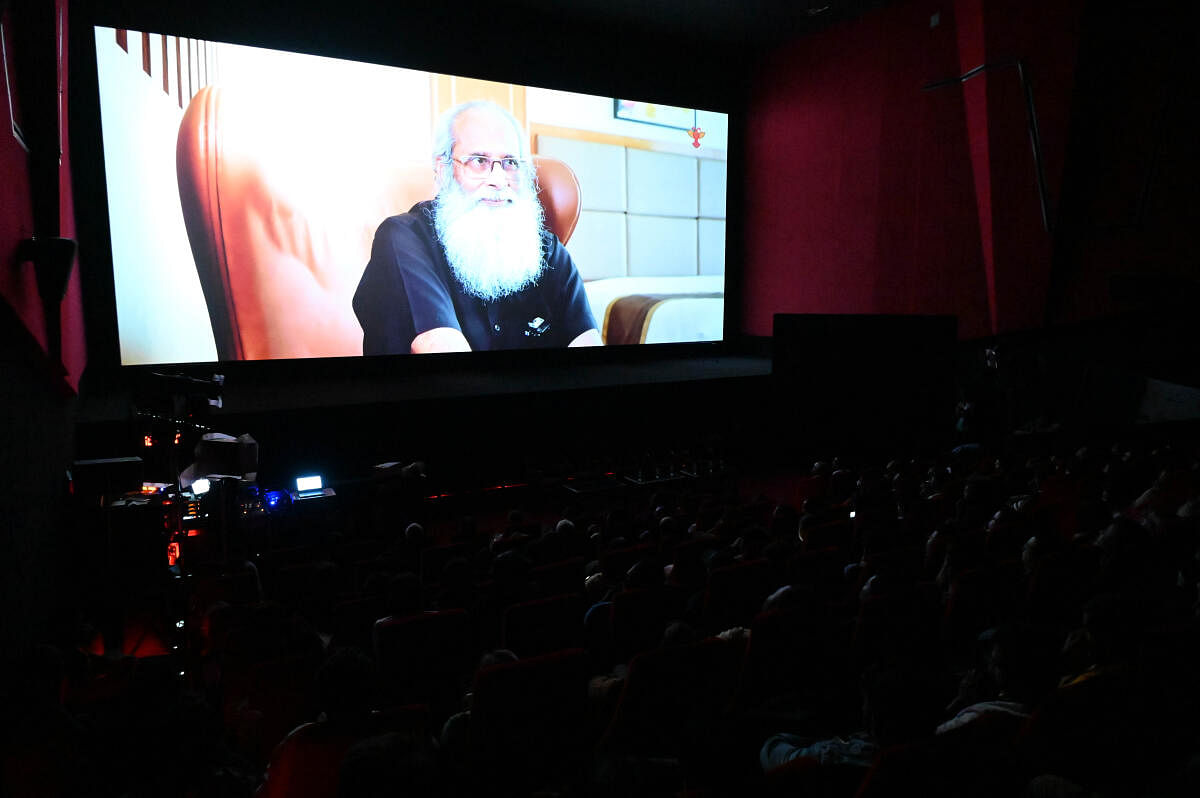
The Bengaluru International Film Festival (Biffes) concluded in the last week of March, but for many cinephiles, the quest for good cinema begins at Sundance Film Festival in Utah, USA, in January. This is followed by the
Berlin International Film Festival. Then come Cannes, Venice, Rotterdam, Locarno and Busan, among the oldest and most popular film festivals in the world.
These festivals set a benchmark for festivals elsewhere. Vivekananda K, who hasn’t missed a single Biffes in 10 years, says, “Films that premiere at the big
festivals are important and I always watch them when they come here.” Such expectations come as a challenge for curators — they have to balance what is shown at the big festivals with films representative of their own regions.
Anand Varadaraj, chief programmer at Biffes and artistic director at the Bengaluru International Short Film Festival, says, “Last year, we had films from the North-East at Biffes. This year, we had a Syrian film. We always try to look for films from countries we have not screened before, or where the representation is low.”
Rajesh Jala, documentary filmmaker and preview committee member at International Film Festival of India (IFFI), says curators tend to give priority to a film from a smaller film industry but definitely not at the cost of a great film: “If there are 10 films to be chosen, and one of them is an Afghan film, the criteria for judgement can get a little lenient with it, considering the feeble number of films Afghanistan produces.”
Aviya Chadha, who has programmed for festivals like MAMI and IFFI, says, “France makes a lot of arthouse films and they get exported around the world, so there would be a strong imbalance if we were to take all of them. Therefore a conscious decision has to be made to take films from countries that don’t have a strong cinematic tradition.”
Delving into the art of film programming, Anand Varadaraj says he and his team first make a list of about 200 films, based on their popularity in other festival circuits, and in consultation with film curators in India and abroad. With experience, a programmer grasps what the audience at a festival likes to watch, based on which the list is further condensed, he says.
He recalls how many people did not like the Oscar-winning film, ‘Everything Everywhere’ when it came to the Bengaluru festival. “People want to watch something out of the ordinary, want be shocked, and so the Oscar winner probably didn’t work because it is more of an entertainer than an eye-opener,” he says.
Anand says OTTs have started acquiring films, but many of them don’t make it to the big screen. “When I spoke to Netflix this year, they said they prefer their audience watching these films directly on OTT than at a festival. It was surprising, because it’s always a great pleasure watching films on the big screen.”
Festivals usually have a preview committee for the competition section. Rajesh Jala, being on the IFFI preview committee, gets to watch fresh world cinema. “I wish there was a method to ensure that the preview committee members are selected on the basis of merit and not because of their rapport or networking skills. Most members are chosen by the government, and in some cases, there may be some political pressure within the committee.”
When it comes to government-run film festivals, some of the programming is shaped by the need to bolster diplomatic ties, and avoiding countries that the government is not too friendly with, says another programmer.
With greater exposure to parallel cinema genres on OTT, the number of people watching serious cinema has gone up, many in the festival circuit say. With platforms like Mubi and Letterboxd, the access to cinema information is
better. Letterboxd also features reviews of films. Naturally, the challenges in curating films for festivals has to take into account a number of new factors.